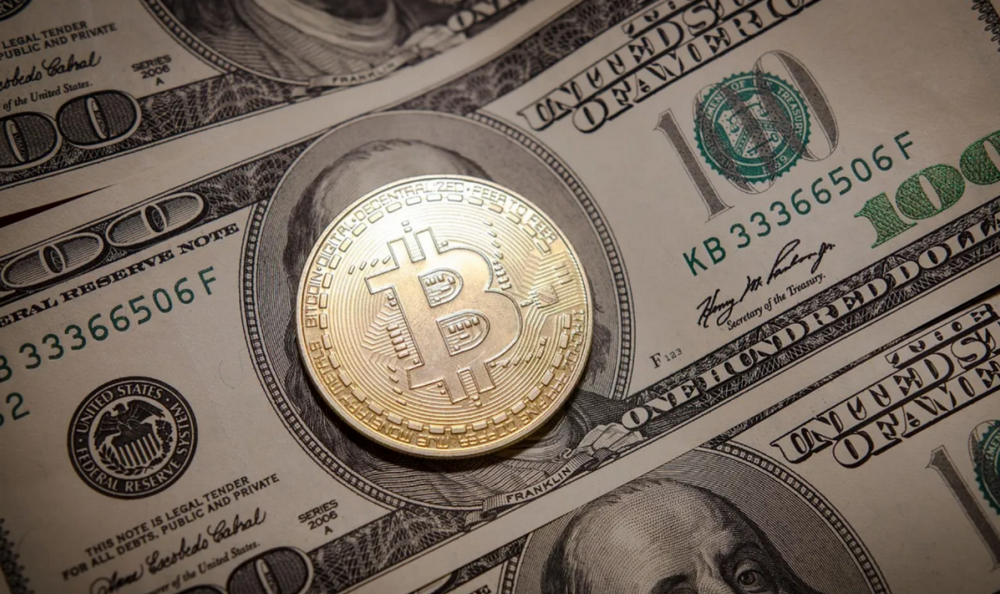Unknown computing power exceeds 60%, BCH is facing 51% attack threat
The block allocation of the Bitcoin Cash (BCH) blockchain is undergoing dramatic changes. Of all entities that have discovered new blocks, an unknown entity has apparently controlled the difficulty of mining.

Yesterday, the BCH network did not find any new blocks within three hours, which is considered statistically impossible.
Some analysts believe that this is because an entity has deleted its hash, so it is difficult for other miners to find a block.
- Fed report: digital currency, stable currency and growing payment patterns
- Bitcoin is expected to hit 10,000 dollars again, and the market is ready to move.
- Analysis of the market in early trading on October 28: Thinking about this wave of "carnival"

On October 26, 2019, there was a rare situation in which 3 hours did not appear.
As you know, the BCH algorithm is the same as the Bitcoin algorithm. As more asics mining machines join the network, the computing power required to find blocks will increase, and vice versa.
After this block, it seems that there are indeed more asics mining machines joining with the miners. The current number of blocks is very unusual. In the past hour, 20 blocks were found instead of the theoretical six.

October 2019, the number of unusual BCH blocks
Bitcoin cash is adjusted according to the block, as the difficulty is adjusted once every two weeks with Bitcoin. This would have kept the block time interval at 10 minutes, but if you have a lot of computing power, then there is obviously an attack vector.
You can turn on your power, for example, wait for the difficulty to increase, then turn it off to slow down the network.
Vice versa, you can turn off the power, wait for the difficulty to drop and then turn it back on, so the number of blocks produced using this possible method of operation is much shorter than expected.

The BCH total computing power itself does not seem to change much, but the proportion of unknown computing power has been greatly improved recently.
If the unknown miners are not fans of BCH, but want to launch a 51% attack to achieve double flowers, then they can do it: increase inflation and make more money in a deceptive way.
The result of this is to halve the speed of the BCH, and yesterday its ratio to the bitcoin price has dropped.

October 2019, BCH mining difficulty
This is an interesting chart that shows a gradual trend, because the difficulty of Bitcoin usually only increases as its computing power continues to increase.
On August 1, 2017, Bitcoin forked out Bitcoin cash, so the difficulty of BCH mining began to become quite confusing, and the fluctuations were quite confusing.
Initially, this change was great, but BCH changed the algorithm and slowed the volatility.
However, since the BCH calculation power is only 2.8% of Bitcoin, its mining difficulty has never really stabilized and has been changing up and down.
In the past few days, BCH has jumped, but as the number of blocks shows, it is clearly being played.
why? Probably to make money, either to earn money directly by getting more BCH, or to push cash to Bitcoin, if the entity owns Bitcoin, it can benefit indirectly.
It is well known that this can be done because BCH is a minority chain that shares bitcoin computing power, thus allowing bitcoin miners to easily attack it as needed.
Many of these miners happen to support BCH, so there is no problem, but Blockstream has about twice as much Bitcoin power as BCH.
Blockstream's business model relies on maintaining Bitcoin's 1MB block size, so there is clearly a motive for breaking the BCH, but there is no evidence that the company is involved, and it is likely to be someone else.
The real way to solve this problem is to change the BCH algorithm to have a different miner with Bitcoin, but this will eliminate the asics miners who currently support BCH and sometimes even BCH.
So the rough solution now is to wait and see what happens, it's not clear that there will be a lone block, but if you continue, you may need a new algorithm, although the miners seem reluctant to take any action, but will speed up the block. Time, so temporarily increase supply inflation.
We will continue to update Blocking; if you have any questions or suggestions, please contact us!
Was this article helpful?
93 out of 132 found this helpful
Related articles
- A picture to understand: blockchain listed companies are all sorted out
- Xiao Feng: Blockchain is not only a new technology, but also a new mechanism design.
- People's Daily official science blockchain (with full text)
- Huang Qifan: China's central bank may be the world's first central bank to launch digital currency (with full speech)
- Observation | More than 100 blockchain concept stocks: Who really has technology who just creates concepts
- Babbitt Column | The Struggle of Organizational Form: Comparison of Corporate System and Blockchain Self-Organization
- Ren Zeping: Bitcoin Research Report





